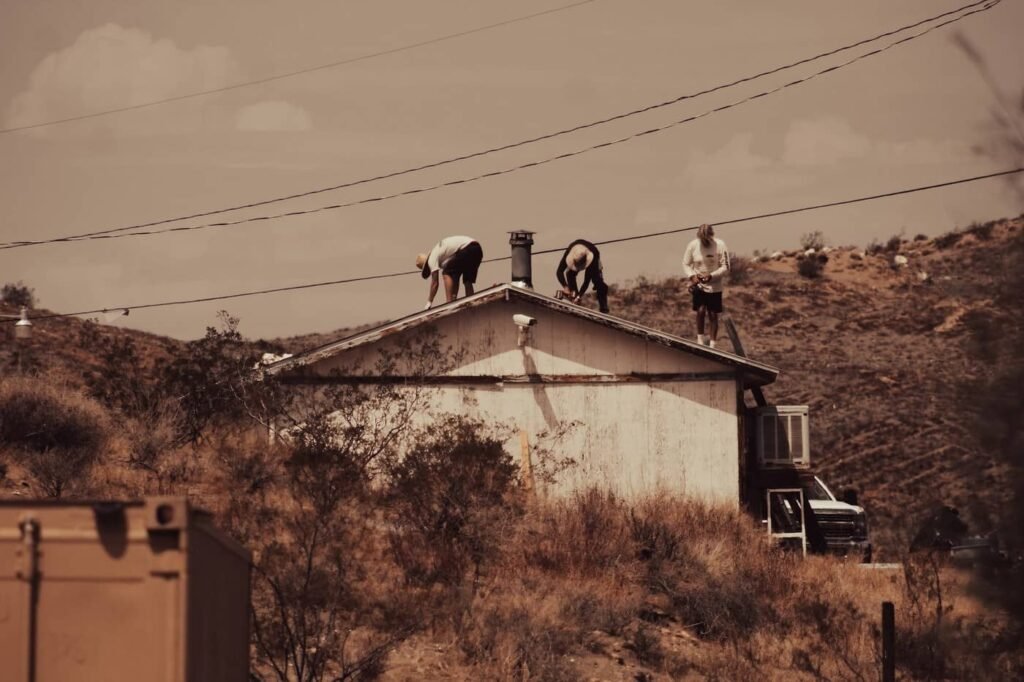Investing in a new roof is a significant decision for homeowners. A new roof not only enhances the curb appeal of your home but also provides crucial protection against the elements. To ensure you get the most out of your investment, it’s important to take proactive steps to extend the life of your new roof. In this article, we will explore some practical tips and maintenance strategies that can help you maximize the lifespan of your roof and keep it in excellent condition for years to come.
- Choose Quality Materials: When it comes to a long-lasting roof, quality materials are key. Opt for high-quality roofing materials that are designed to withstand the local climate and environmental conditions. Whether you choose asphalt shingles, metal, clay tiles, or any other material, ensure that they are durable, resistant to weathering, and have a long life expectancy.
- Proper Installation: The installation of your new roof is a critical factor in its longevity. Hire a reputable and experienced roofing contractor who has a track record of excellent workmanship. Improper installation can lead to various issues, such as leaks, poor ventilation, and premature deterioration. A professional installation ensures that your roof is properly sealed, adequately ventilated, and constructed according to industry standards.
- Regular Inspections: Regular inspections are essential to identify and address any potential issues before they escalate into more significant problems. Inspect your roof at least twice a year, in spring and fall, and after severe weather events. Look for signs of damage, such as missing or damaged shingles, cracked caulking, or sagging areas. Promptly address any issues you discover to prevent further damage and extend the life of your roof.
- Keep Gutters Clean: Clogged gutters can cause water to accumulate on your roof, leading to leaks and water damage. Clean your gutters and downspouts regularly to ensure proper water flow and prevent debris buildup. Consider installing gutter guards to minimize the amount of debris entering your gutters, reducing the frequency of cleaning required.
- Trim Overhanging Branches: Overhanging tree branches can scrape against the roof, causing damage to shingles and potentially leading to leaks. Trim back any branches that are too close to your roof to prevent unnecessary wear and tear. Additionally, removing overhanging branches reduces the risk of fallen branches during storms that could cause significant damage.
- Ensure Proper Attic Ventilation: A well-ventilated attic is crucial for maintaining the overall health of your roof. Proper ventilation helps to regulate temperature, reduce moisture buildup, and prevent the growth of mold and mildew. Ensure that your attic has adequate insulation and ventilation, allowing for proper airflow and preventing heat and moisture from getting trapped under the roof.
- Address Roof Leaks Immediately: If you notice any signs of a roof leak, such as water stains on ceilings or walls, musty odors, or visible dripping, it’s essential to address the issue promptly. Ignoring a roof leak can lead to significant water damage, structural issues, and even mold growth. Contact a professional roofing contractor to assess and repair the leak to prevent further damage and extend the lifespan of your roof.
Conclusion: By following these practical tips and adopting a proactive approach to roof maintenance, you can significantly extend the life of your new roof. Remember to choose high-quality materials, hire experienced professionals for installation, conduct regular inspections, and promptly address any issues that arise. With proper care and maintenance, your new roof will provide reliable protection and peace of mind for many years to come.






